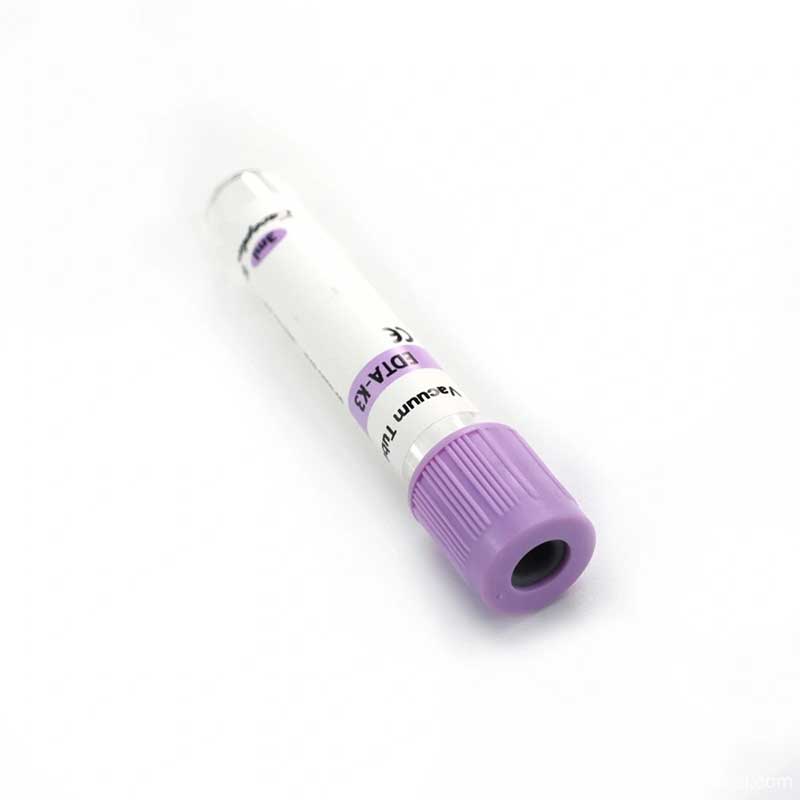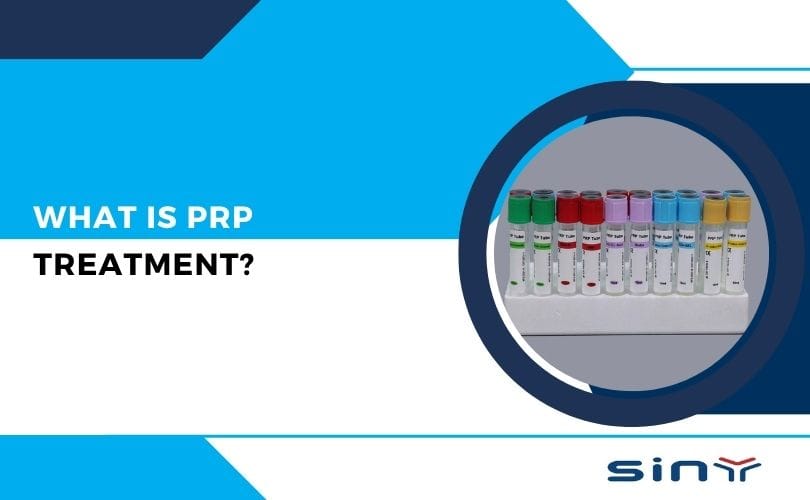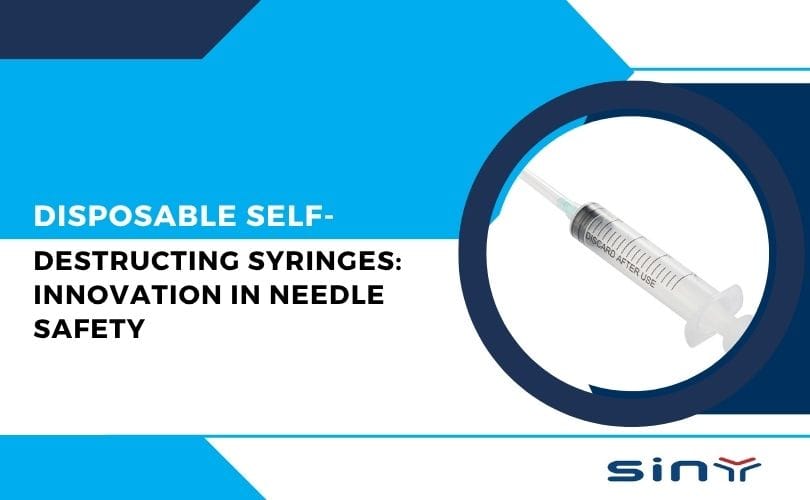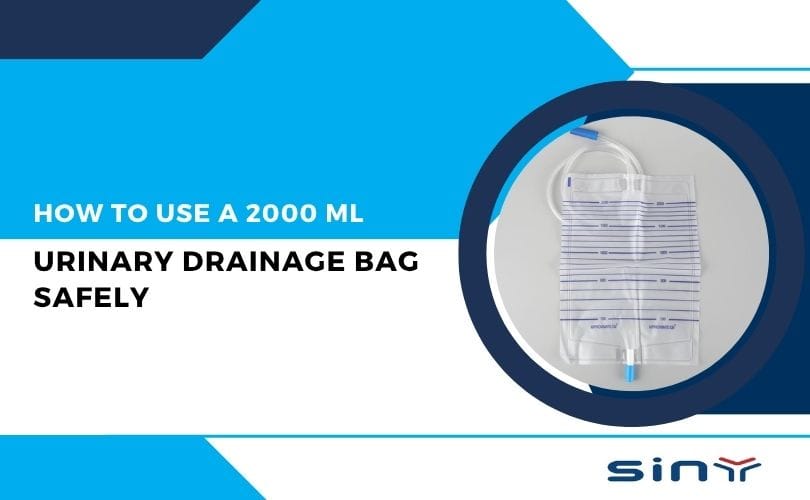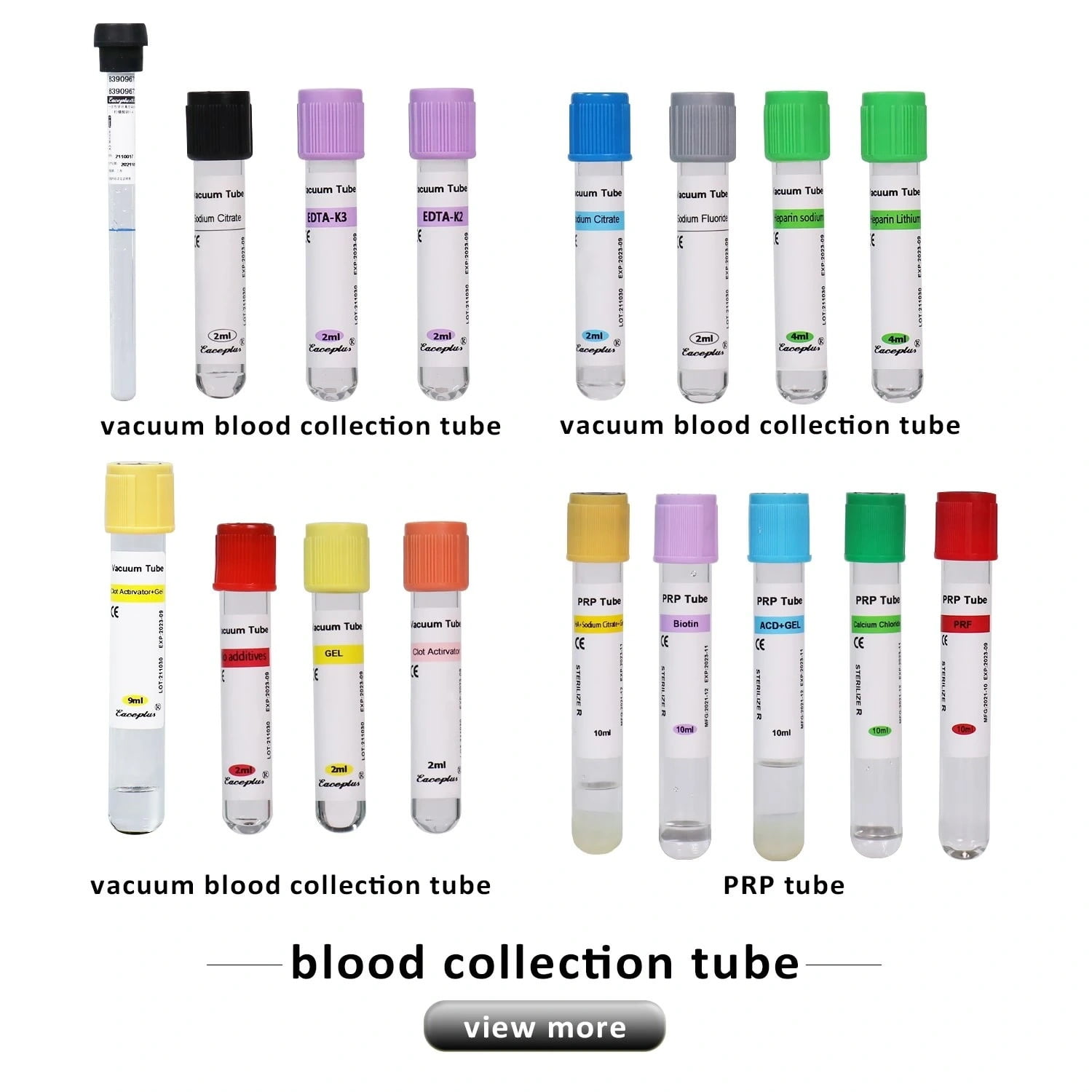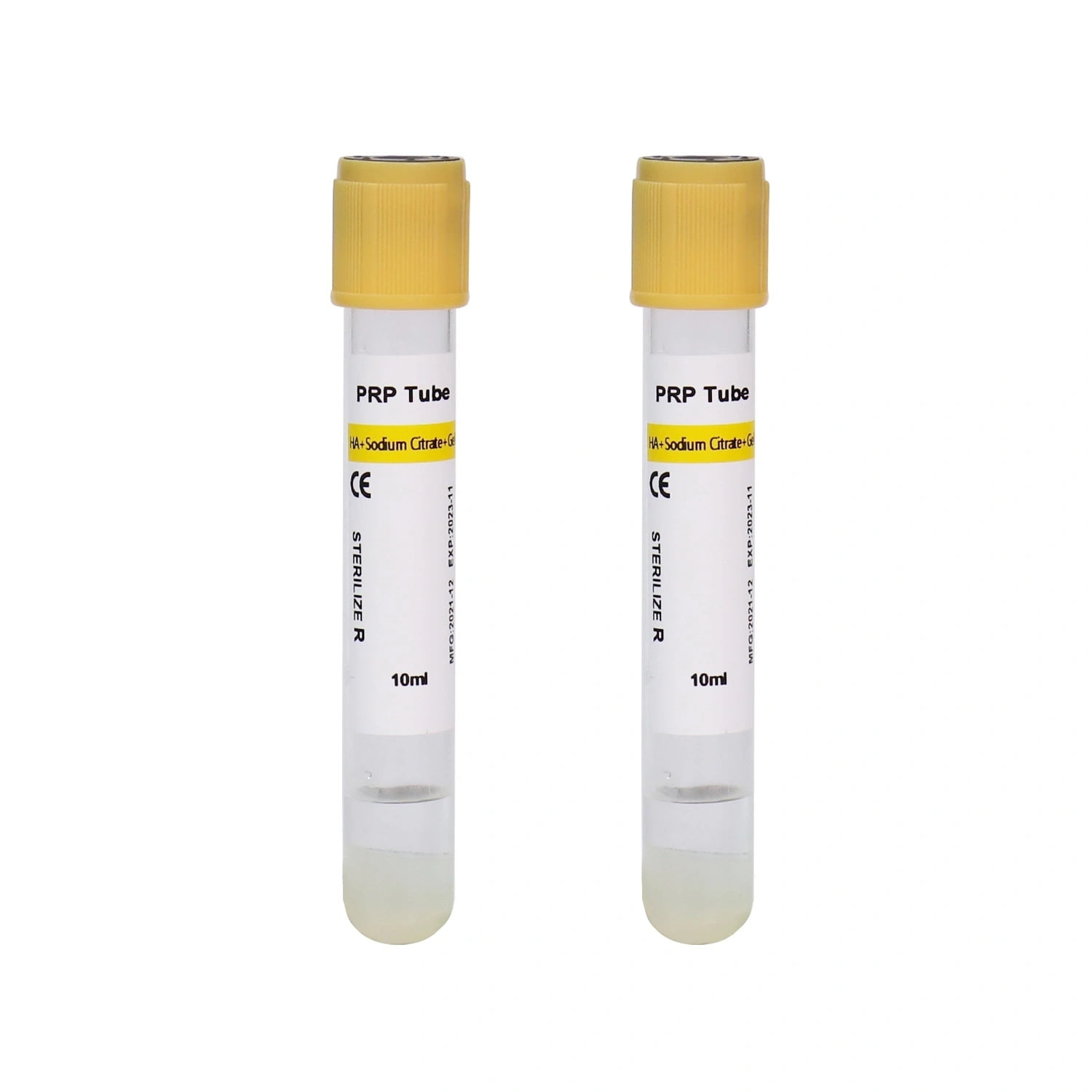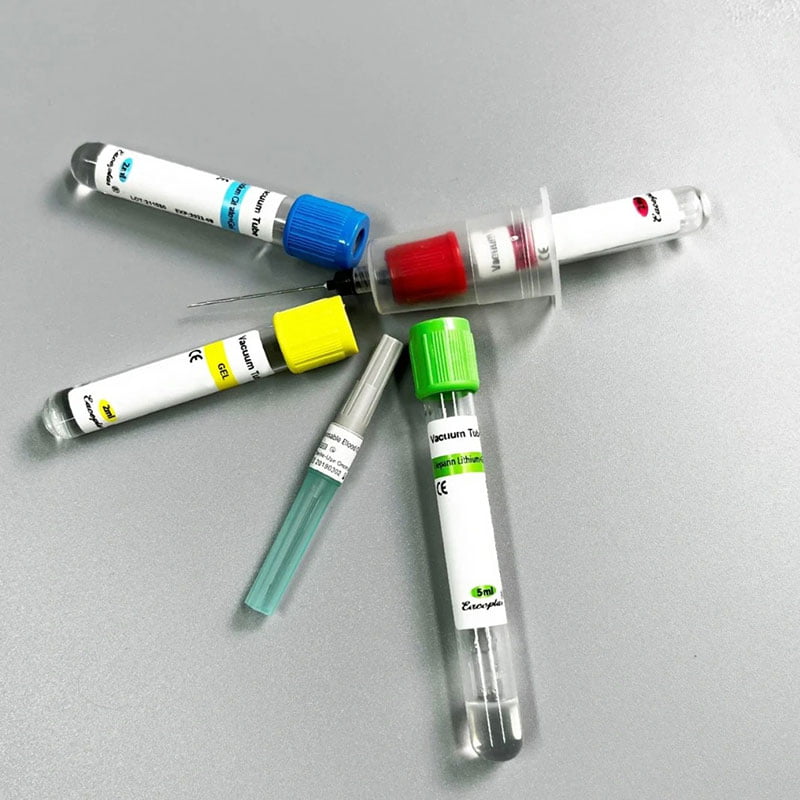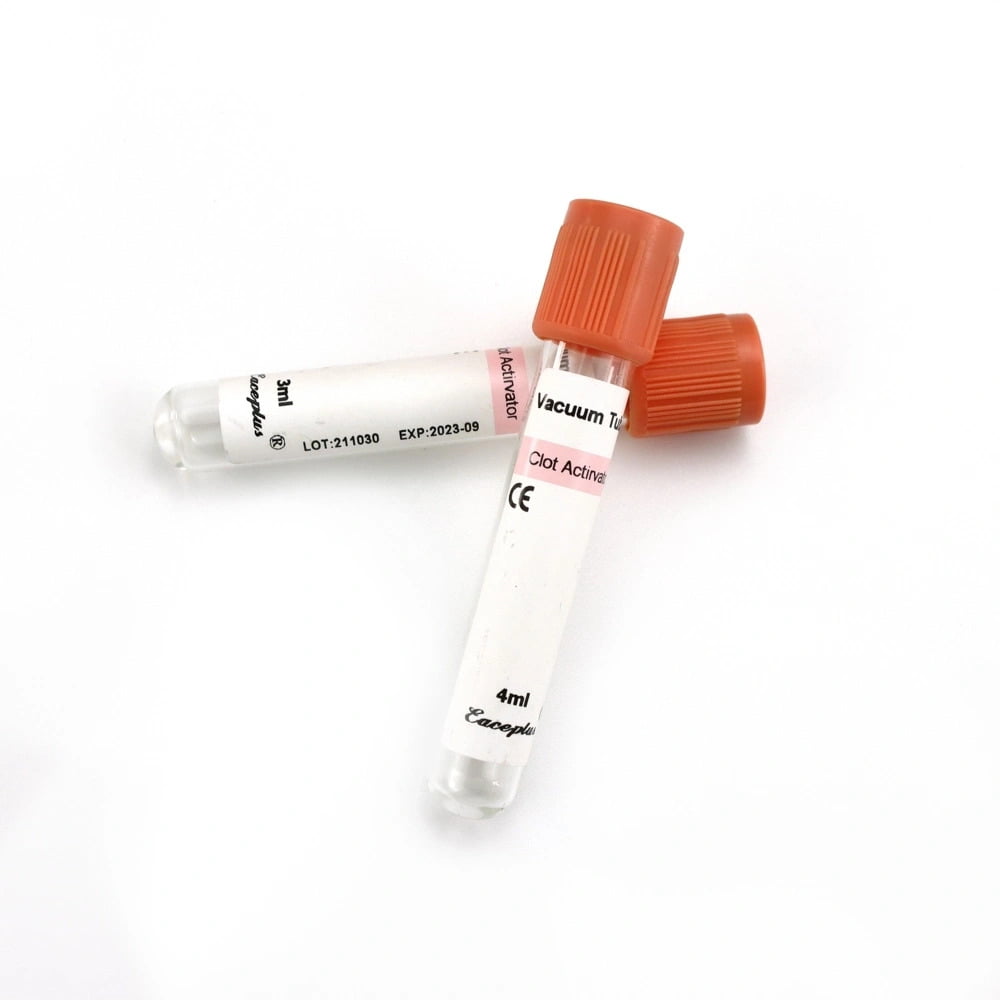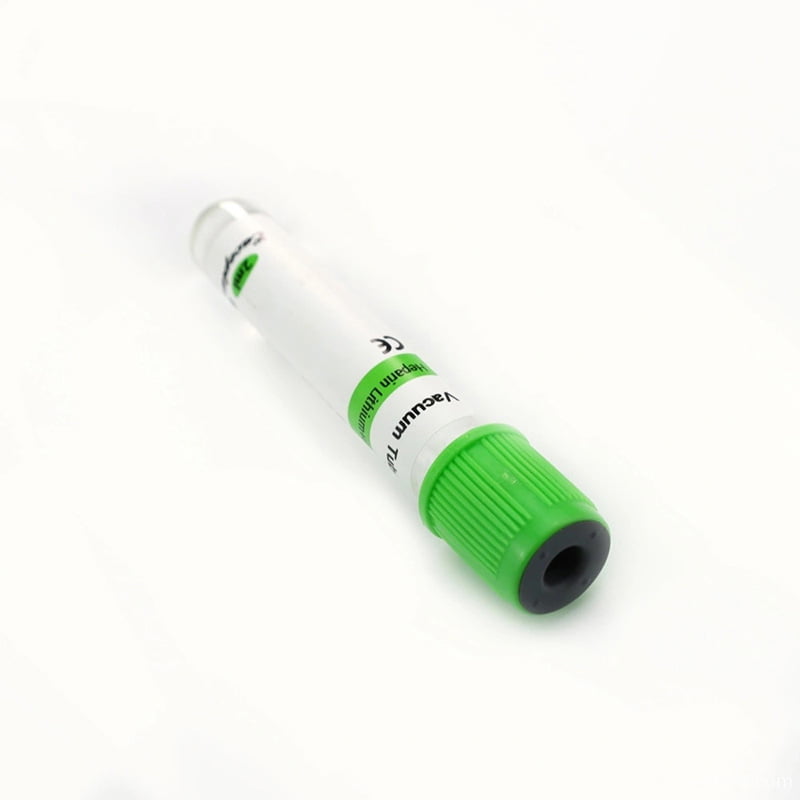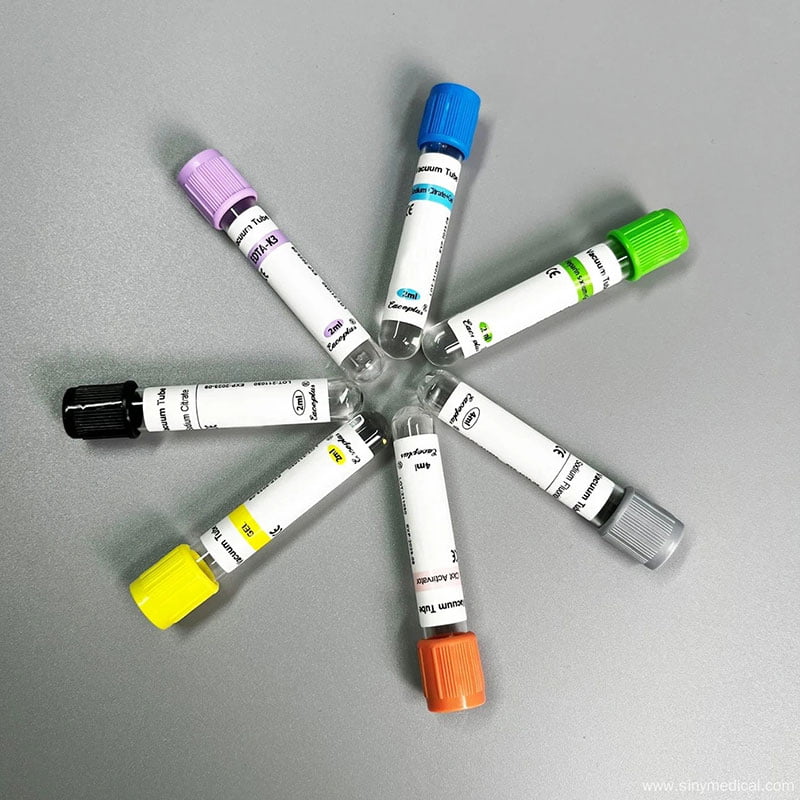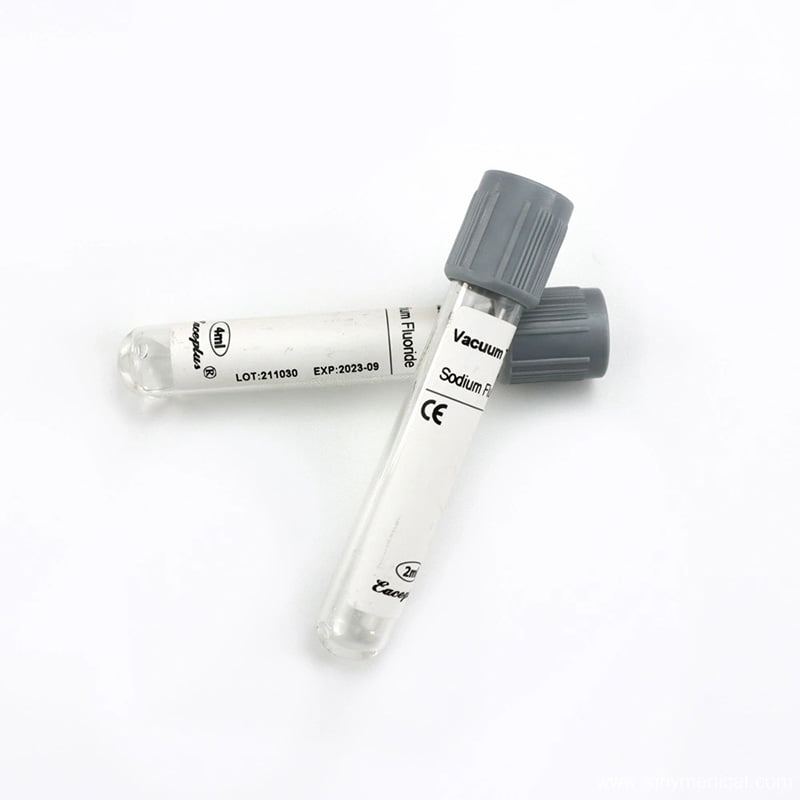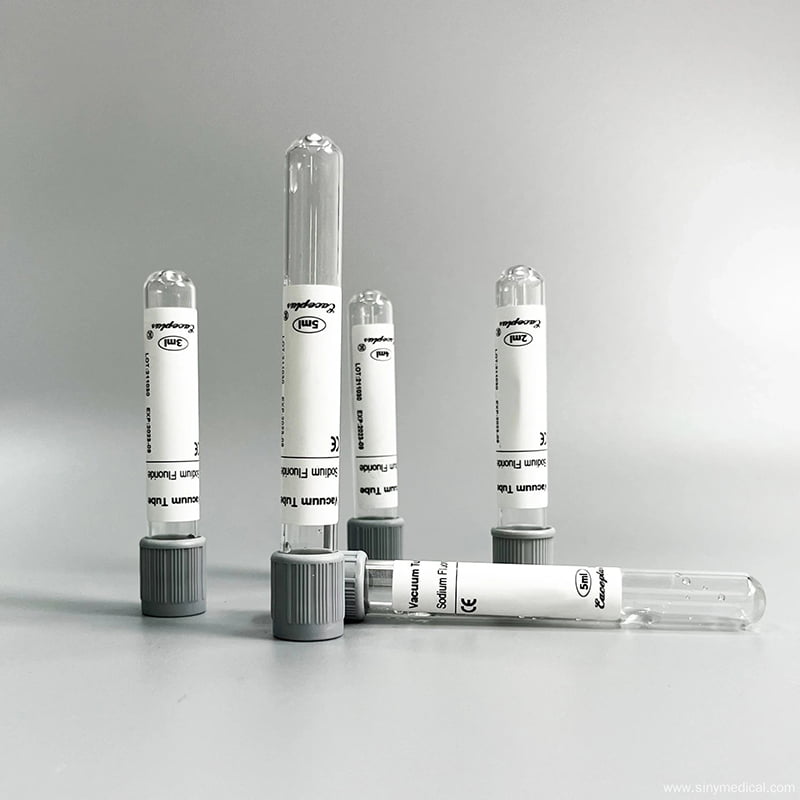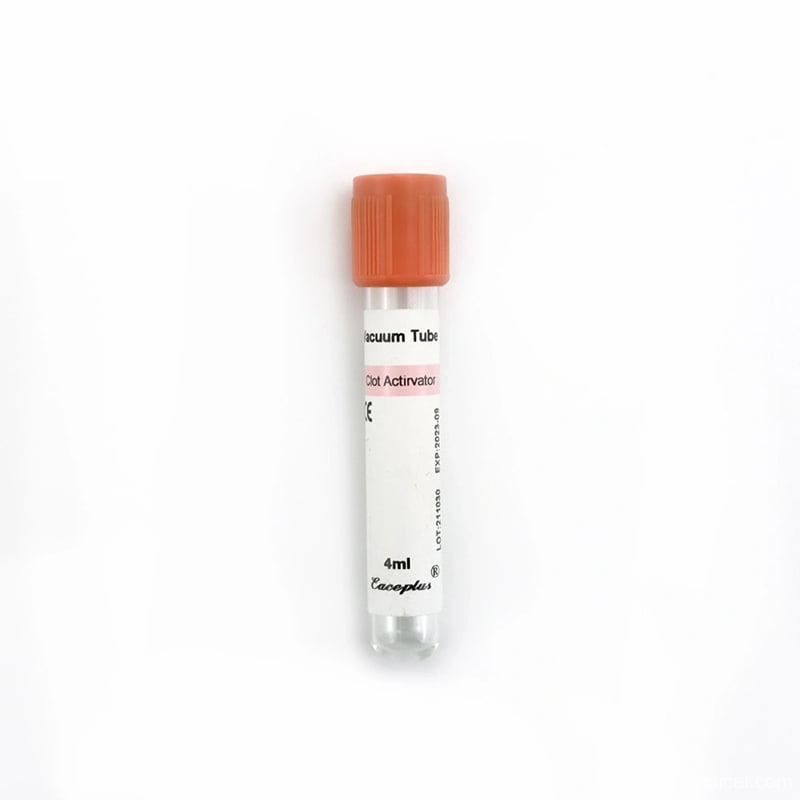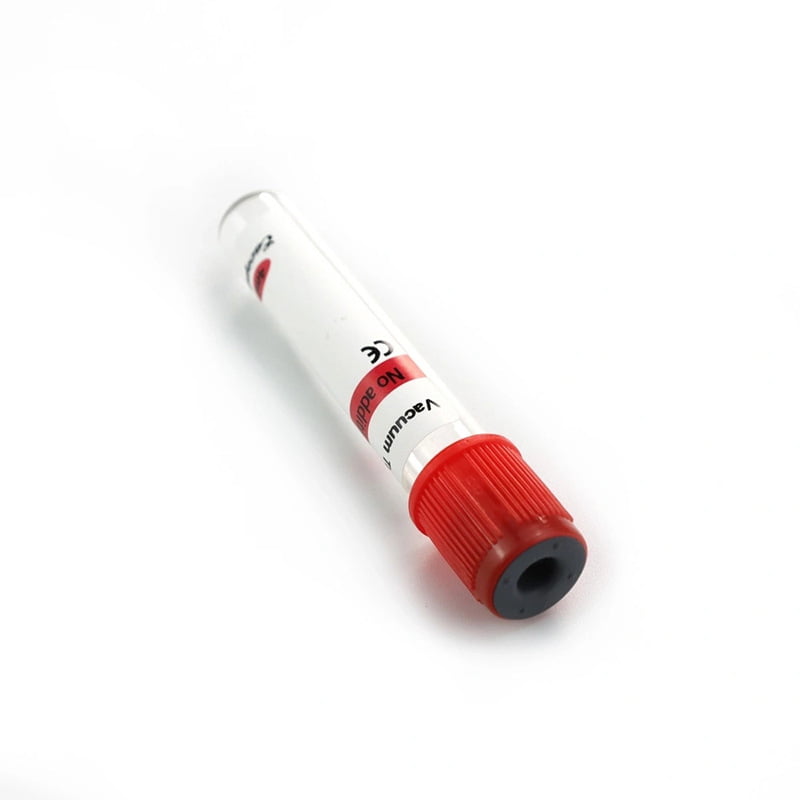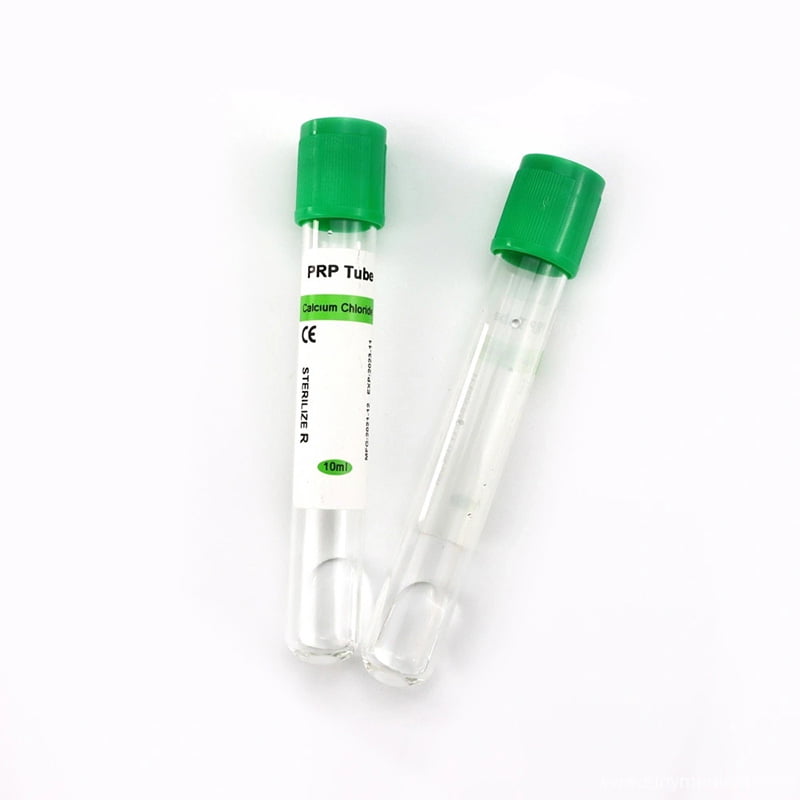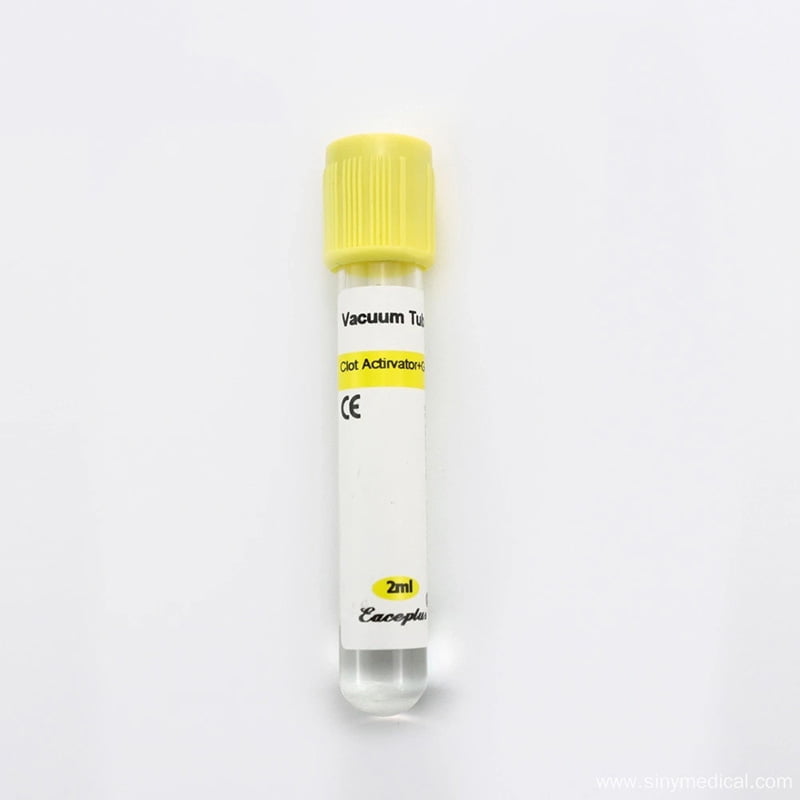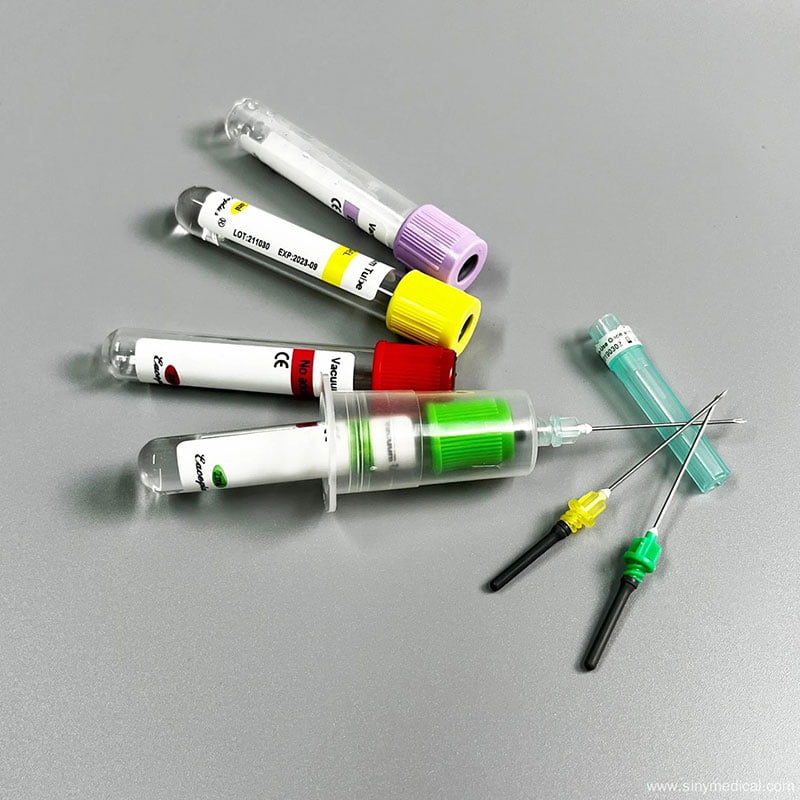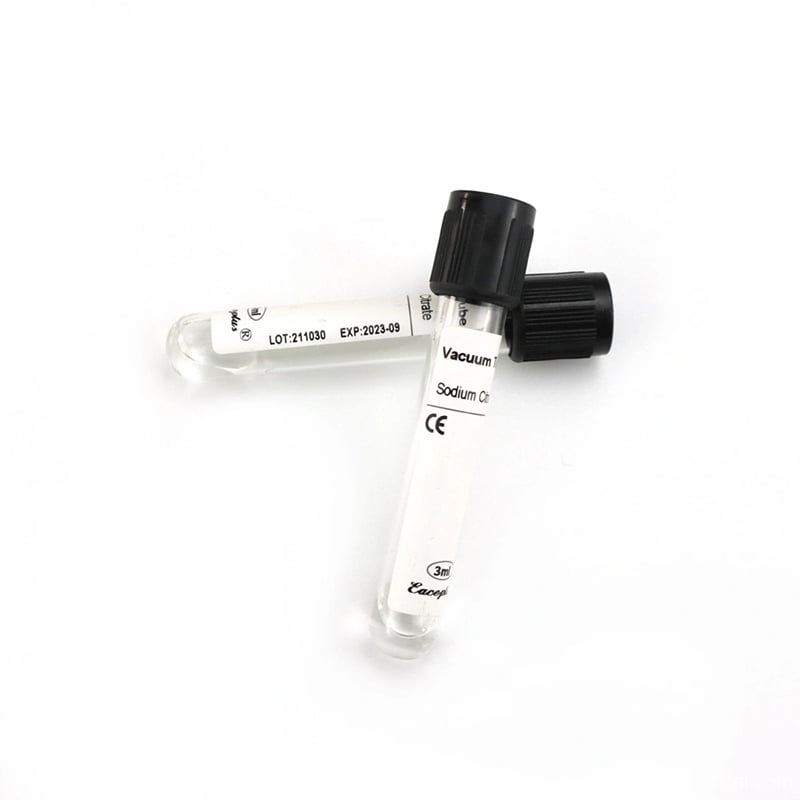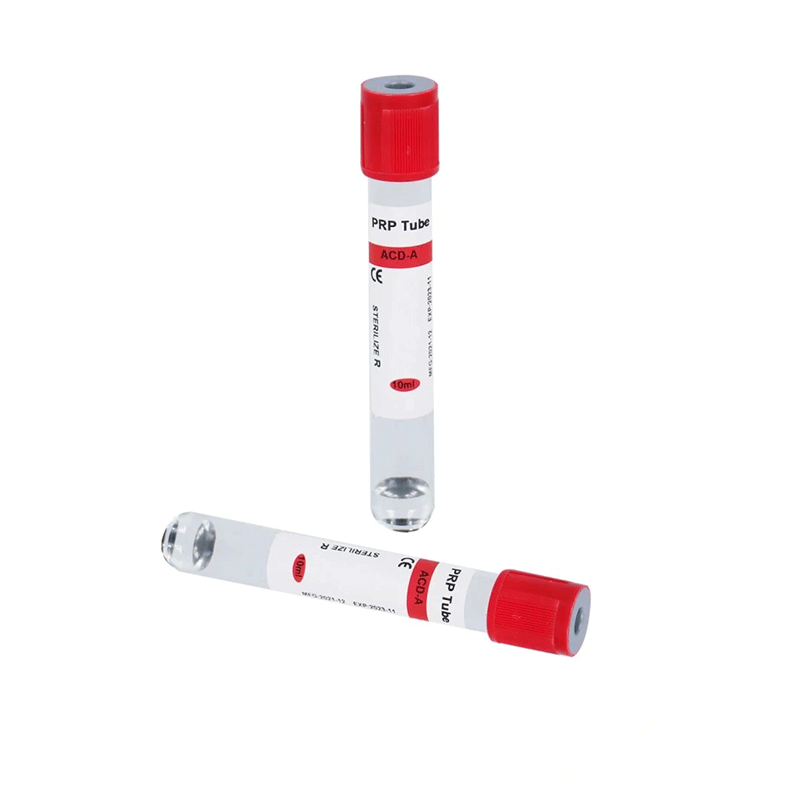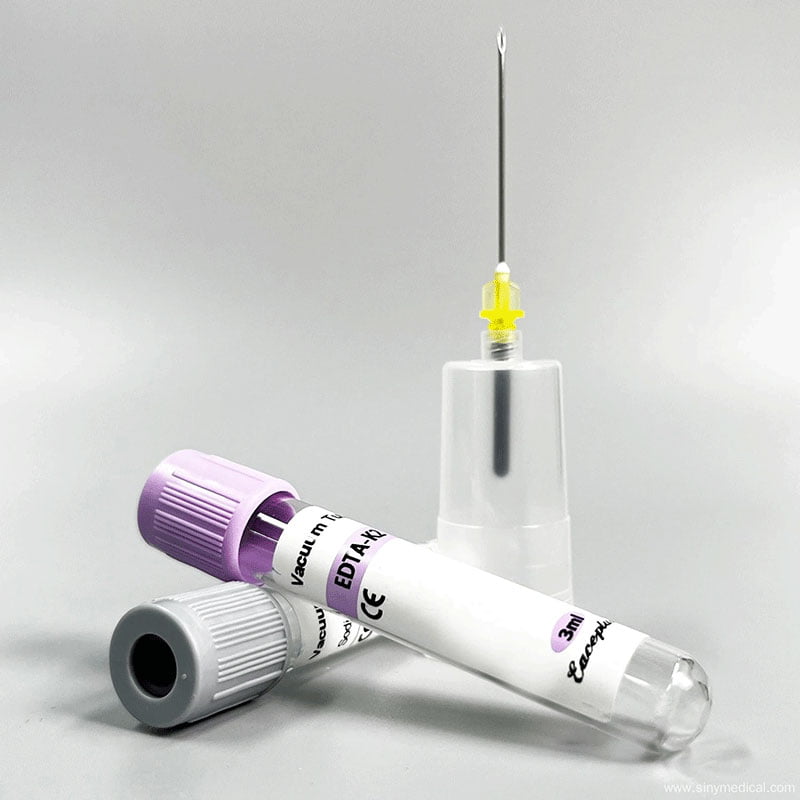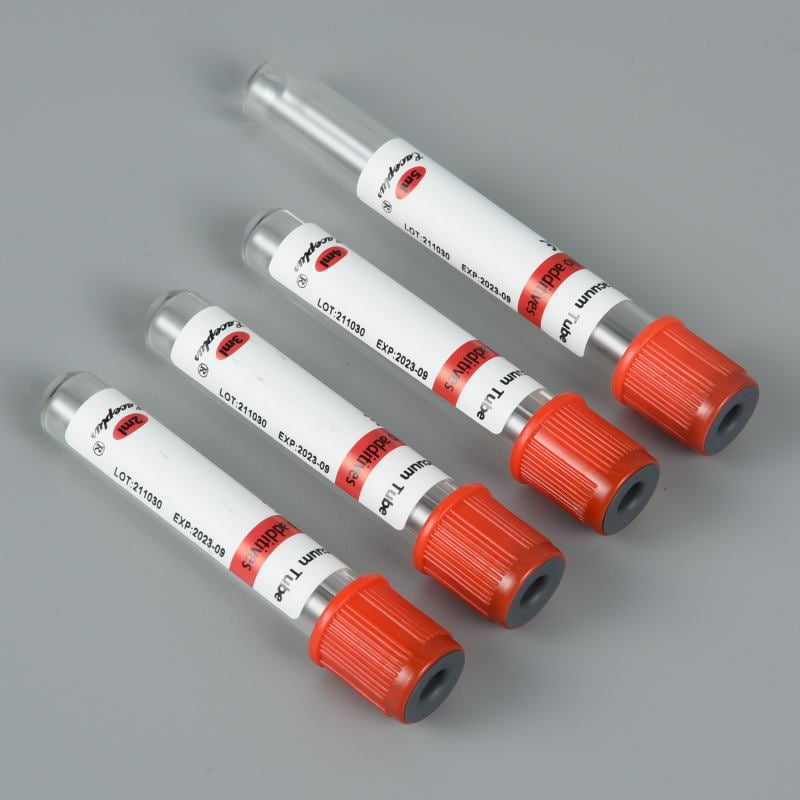Cell culture plates are fundamental tools in biological and medical research, providing a controlled environment for growing and studying cells in vitro. These plates come in various sizes, designs, and materials to accommodate different experimental needs, from basic research to drug discovery and vaccine development.
At Siny Medical, we specialize in high-quality cell culture plates designed to meet the rigorous demands of laboratories worldwide. Whether you need 6-well, 12-well, 24-well, 48-well, or 96-well plates, our products ensure optimal cell growth and experimental accuracy.
Table of Contents
What is a Cell Culture Plate?
A cell culture plate is a specially designed laboratory vessel used to grow and maintain cells under controlled conditions. These plates are a core part of in vitro research, allowing scientists to study cellular behavior, drug reactions, gene expression, and more in a highly sterile and reproducible environment.
Standard dishes, cell culture plates are treated to enhance cell adhesion, promote growth, and maintain viability over time. Depending on the experimental need, they come in various formats such as 6-well, 12-well, 24-well, 48-well, 96-well, and even 384-well plates.

Why Are Cell Culture Plates Essential?
- Controlled Environment: Provides a sterile surface for cell growth.
- High Throughput Screening: Allows multiple experiments simultaneously (e.g., 96-well plates for drug testing).
- Reproducibility: Ensures consistent results in research.
- Versatility: Used for adherent and suspension cell cultures.
For high-quality cell culture plates, explore our Cell Culture Plate Collection.
Technical Parameters: Cell Culture Plates
| Wells | External Dimensions W x Lx H (mm) | Well Dimensions Dx H (mm) | Culture Area | Working Volume |
| 6-well | 85.4×127.6×20.2mm | 35×17.5mm | 9.6cm2 | 3ml |
| 12-well | 85.4×127.6×20.2mm | 21.9×17.5mm | 3.8cm2 | 2ml |
| 24-well | 85.4×127.6×20.2mm | 15.5×17.5mm | 1.9cm2 | 1ml |
| 48-well | 85.4×127.6×20.2mm | 9.75×17.5mm | 0.75cm2 | 0.5ml |
| 96-well | 85.4×127.6×14.4mm | 6.5×10.8mm | 0.33cm2 | 0.2ml |
Types of Cell Culture Plates
Cell culture plates come in different configurations, each suited for specific applications:
Based on Well-Number
- 6-Well Plates: Ideal for large-scale cell expansion (e.g., stem cell culture).
- 12-Well & 24-Well Plates: Used for medium-throughput assays.
- 48-Well Plates: Perfect for smaller-scale experiments (check our 48-Well Cell Culture Plate).
- 96-Well Plates: Best for high-throughput screening (see our 96-Well Flat Bottom Plate).
Based on Surface Treatments
- Treated (TC) Plates: Coated with poly-L-lysine or collagen for better cell attachment.
- Untreated Plates: Used for suspension cultures (e.g., lymphocytes).
Based on Bottom Shape
- Flat Bottom: Best for adherent cells and ELISA assays.
- Round Bottom: Used for suspension cultures (e.g., spheroid formation).
- V-Bottom: Suitable for centrifugation-based assays.
For more details, visit our Tissue Culture Vessel Guide.
Materials Used in Cell Culture Plates
Most cell culture plates are made from polystyrene due to its:
- Optical clarity for microscopy
- Non-toxicity to cells
- Sterilizability (autoclavable & gamma-irradiated)
Some specialized plates use:
- Glass (for high-temperature applications)
- Cyclo-olefin polymers (COP) for superior chemical resistance
For alternative labware, check our Petri Dish Collection.
How to Choose the Right Cell Culture Plate?
SPicking the right culture plate can make or break your experiment. Here’s what you need to consider:
1. Well Size & Count
Are you running multiple samples or just a few conditions? Use 96-well plates for large-scale testing, and 6-well plates for in-depth observations.
2. Surface Treatment
Choose treated plates for adherent cells and non-treated ones for suspension cultures.
3. Sterility & Packaging
Always go for sterile, individually packed plates to minimize contamination risk. Siny Medical offers a range of sterile plates with easy-to-open packaging.
4. Compatibility
Ensure your plate fits in standard lab instruments like plate readers and incubators.
Best Practices for Using Cell Culture Plates
- Sterilization: Always work in a laminar flow hood to prevent contamination.
- Seeding Density: Optimize cell numbers to avoid overcrowding or sparse growth.
- Media Changes: Replace media every 2-3 days for healthy cultures.
- Storage: Keep plates in sealed bags to maintain sterility.
For lab tips, visit our YouTube Channel.
Summary
Cell culture plates are indispensable in modern laboratories, enabling cell growth, drug testing, and disease research. Choosing the right plate—whether a 6-well, 96-well, or specialized design—ensures accurate and reproducible results.
At Siny Medical, we provide premium cell culture plates tailored for scientific excellence. Explore our full range or contact us for expert advice.
For bulk orders, visit our Made-in-China Store.
FAQs
What types of cells require cell culture plates?
Adherent cells, which grow attached to surfaces (like most animal cells from solid tissues), require culture plates for proper growth.
Why is surface treatment important for cell culture plates?
Surface treatment like Tissue Culture (TC) treatment makes the plastic hydrophilic, promoting cell attachment, spreading, and growth, which is crucial for adherent cells.
How do I select the right well number for my experiment?
Select based on your assay needs: few wells (6 or 12) for large volume cultures or flow cytometry, and many wells (96 or more) for high-throughput screening or small volume assays.
Can cell culture plates be reused?
Laboratories use disposable cell culture plates to maintain sterility and prevent contamination. In some cases, researchers may sterilize and reuse glass or specially treated plates..
What is the difference between flat, U-shaped, and V-shaped wells?
Flat-bottom plates support adherent cells well; U-shaped wells facilitate suspension cell aggregation; V-shaped wells promote tight cell contact for assays requiring close interaction.

